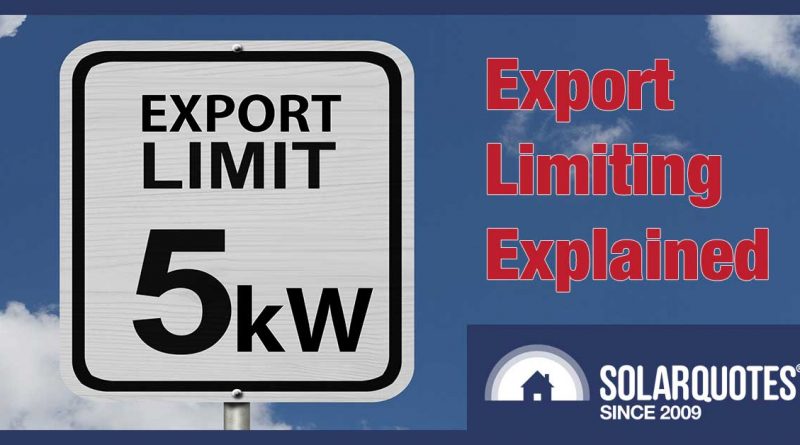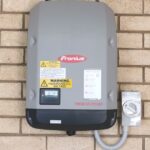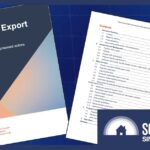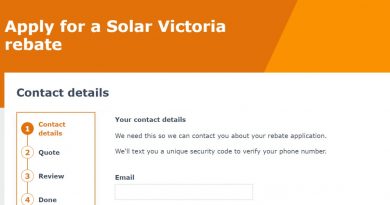Solar Export Limiting — What It Is & Why It’s Useful
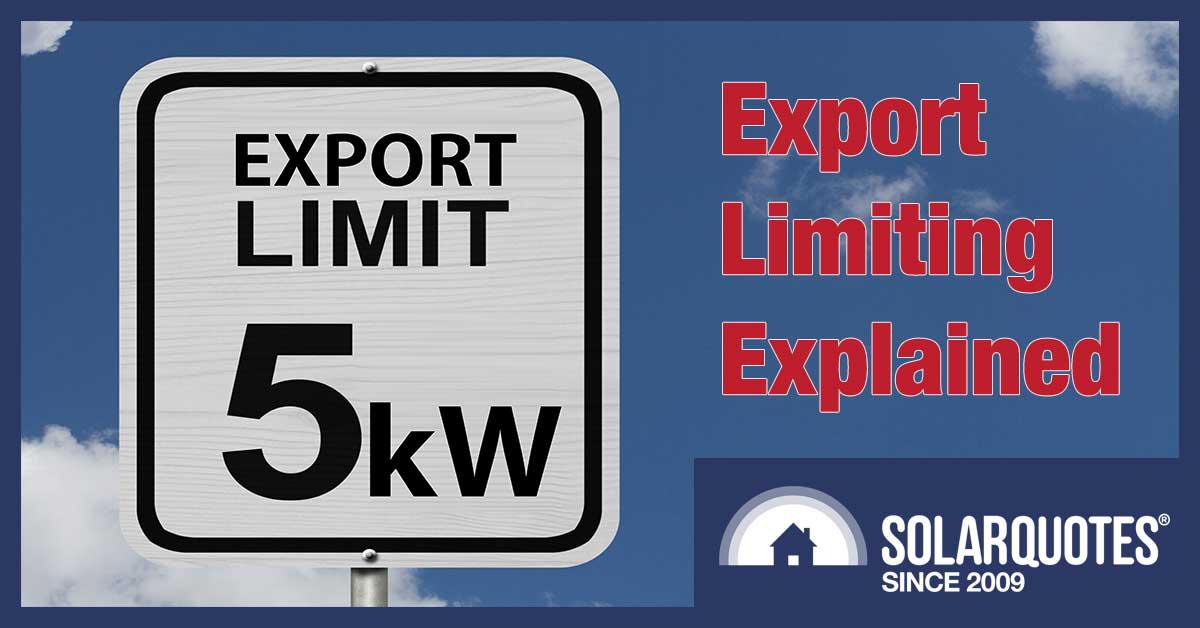
Many Australian homes are not allowed to export more than 5 kW to the grid. If they want a big solar system with an inverter larger than 5 kW, they must ‘export limit’ the inverter. Here’s what that means.
Rooftop solar works by turning sunlight into electric power. The power is first used to meet household consumption, with any surplus exported to the grid for other people to use.
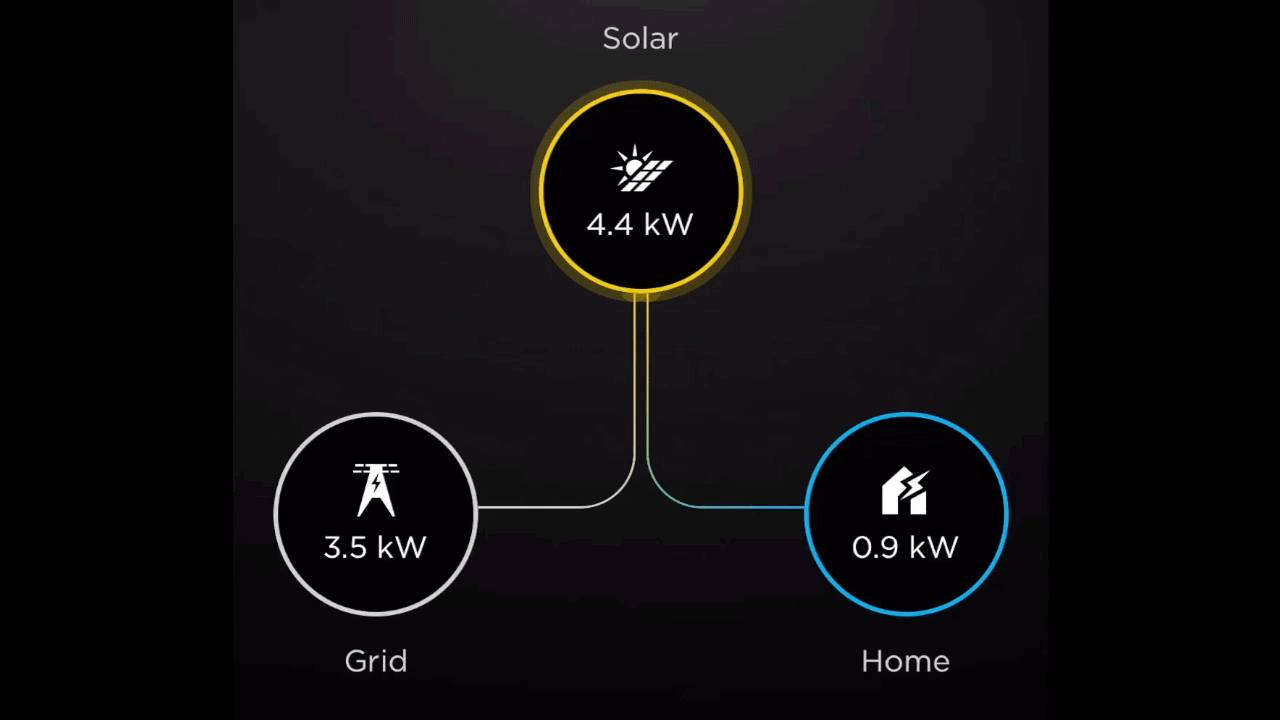
If at any moment in time you are generating more solar electricity than you need, the excess is exported to the grid. (Image from Finn’s Tesla App)
Exporting surplus solar power is good because it reduces fossil fuel generation and pays you a feed-in tariff that reduces electricity bills.
It’s becoming common for solar inverters to be export limited, so the maximum amount of power they send into the grid is less than they’re capable of providing. This is done for three main reasons:
- The Good: It can allow a household to install a larger solar power system than would normally be allowed. A larger solar system increases the amount of solar energy available for the home to use and — despite the export limiting — increases the number of kilowatt-hours of energy exported to the grid. This increases the environmental benefit and savings on electricity bills.
- The Bad: When a Distributed Network Service Provider — the people in charge of local poles, wires, and sub-stations — gives approval for rooftop solar panels to be installed, they can restrict the amount of power allowed for export to less than is usually allowed. In this situation exporting limiting can enable the household to install a solar system large enough to meet most of their electricity use during the day, while still enabling them to export a considerable amount to the grid.
- The Ugly: Homes can be prohibited from exporting any power to the grid at all. In this case, export limiting an inverter to zero can allow the installation of a solar system that helps meet daytime electricity consumption, but it won’t receive any feed-in tariff at all.
In this article, I’ll give a broad outline of how export limiting works and why it can be a good idea.

I know in the movie the Bad was worse than the Ugly, but that’s not the way I’m doing it.
How Export Limiting Works
When an inverter is export limited, it has to know how much solar energy is being sent into the grid so it can immediately reduce output if it’s about to go over the limit.
The ideal way to measure the power flow in and out of your house would be to ask your existing electricity meter. Unfortunately, the meter companies and inverter manufacturers can’t get their shit together, and the utility meters refuse to talk to the inverters. So the solar inverter has to have its own energy meter installed in your switchboard – one that talks to the inverter to tell it when power sent into the grid reaches the export limit.
This extra meter adds to the cost of a solar system. Here’s the ‘Fronius Smart Meter’ that you need if you want to export limit a Fronius inverter – it will add about $500 to the cost of the system:
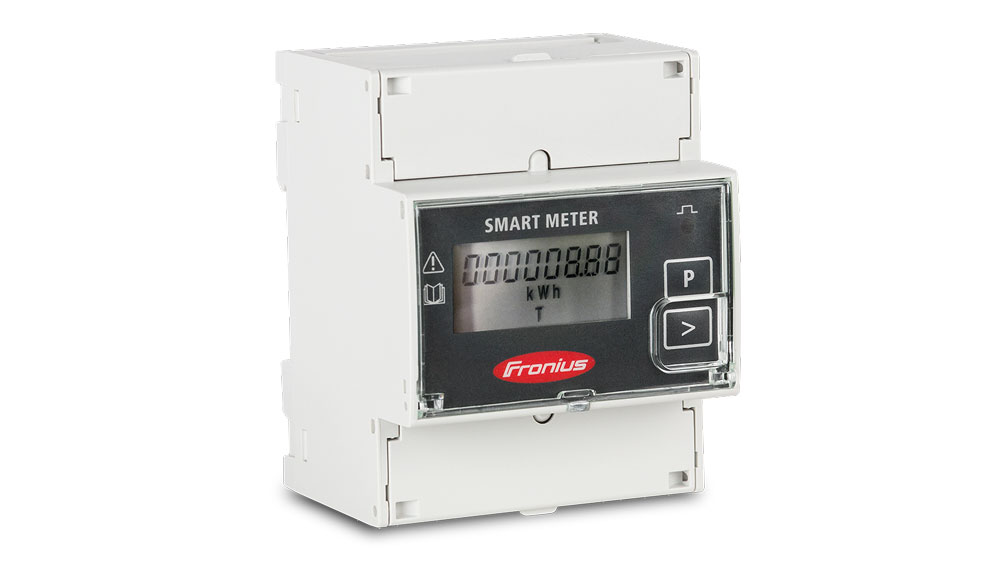
An example of how export limiting works — You have an inverter that’s exported limited to 5 kilowatts. It is delivering 8 kilowatts of solar power. You’re using a total of four kilowatts to cook your lunch, so your home is exporting 4 kilowatts, which is below the limit. But if you suddenly switch off everything, there is more surplus solar power than you’re allowed to export. Your dedicated meter will inform the inverter, and it will immediately reduce the power, so it doesn’t exceed 5 kilowatts1.
Where Is Export Limiting Allowed?
No matter how badly you may want to export limit your solar system, it can only be done in locations where it’s permitted. Information on whether export limiting is allowed can be found here, but I am going to present the information differently for both ease of use and to make my boss think I’ve done something useful.
I have divided Australia’s regions into three categories:
- The Good: Locations where most homes are allowed to export so much power to the grid there’s little need for export limiting.
- The Bad: Most homes can’t export as much power as in Good locations, but export limiting can be used to install larger solar systems.
- And The Ugly: Here, most homes are limited to 5 kilowatts of solar inverter capacity or less, and export limiting is usually not permitted.
The information below assumes the property is on the main grid. If you can go outside and scream at the top of your lungs with no chance your neighbours will hear you, then there’s a good chance you are off the main grid and face much stricter limits on exports. Also, if you are on the main grid the amount of power you are allowed to export can still be below the limits given or even zero, depending on how much additional solar capacity the local grid can handle at your location.
Reminder: In Australia, you are allowed to install 33% more panel capacity than the inverter capacity – for example, a 10 kW inverter can have up to 13.33 kW of panels attached
The Good: In these locations, properties can usually install up to 10 kilowatts of solar inverter capacity if they have single-phase power and up to 30 kilowatts with 3 phase power. Residential properties are unlikely to be allowed to use export limiting to install even larger inverters. Still, few people will want more than the 13.33 kilowatts of panel capacity single phase homes can generally install:
- Tasmania: Under 1% of Tasmanians are on SWER lines, so the generous export limit should often be available.
- NSW’s Ausgrid Network Area: This covers East Sydney, Newcastle, and out to Merriwa.
- Victoria’s United Energy Network Area: A large chunk of Melbourne on the east side Port Phillip Bay and the Bayside Peninsula.
The Bad: Homes with single-phase power on the main grid can have up to 5 kilowatts of inverter capacity but can usually get around this limit by installing an export limited solar inverter of up to 10 kilowatts. Three-phase homes can install up to 15 kilowatts of inverter capacity or 30 kilowatts with export limiting, except in South East Queensland where special permission is required from Energex to install an export limited inverter over 15 kilowatts.
- ACT’s EvoEnergy Network Area: Covers most homes in the ACT, especially in built-up areas.
- South Australia Power Networks (SAPN) area: SAPN is the only distributor in South Australia.
- Queensland’s Ergon network area: All of Queensland on the main grid outside of South East Queensland.
- Victoria’s Jemena network area: A small but crowded chunk of North and Western Melbourne.
- Victoria’s AusNet network area: The eastern third of Victoria, not including Melbourne or French Island.
- Queensland’s Energex area: South East Queensland. Energex doesn’t automatically allow inverters over 5 kilowatts to be installed with export limiting, but currently regularly grants permission for single-phase homes on the main grid to install up to 10 kilowatts of inverter capacity with export limiting.
- NSW’s Endeavour Energy area: Western Sydney. Single-phase properties can have up to 5 kilowatts of inverter capacity, and 3 phase properties can have up to 30 kilowatts. With permission export limiting can be used to install larger systems.
- Western Australia — Horizon Power area: Regional Western Australia. Note that connections off the main grid are usually far more restricted. Also note that for new installations in WA, only residences with inverters of 5 kilowatts or less can receive the state’s low feed-in tariff.
The Ugly: In these areas export limiting may not be allowed at all.
- Western Australia’s Western Power area: Perth and South West WA. Single-phase properties can install inverter capacity up to 5 kilowatts while 3 phase properties can install up to 30 kilowatts. Only residential homes with inverters of 5 kilowatts or less can receive the state’s low solar feed-in tariff.
- Victoria’s CitiPower area: The Melbourne Central Business District. Normally single phase properties can have up to 5 kilowatts of solar inverter capacity and 3 phase properties can have 15 kilowatts. Larger inverters that are export limited are allowed on a case by case basis.
- Victoria’s Powercor area: Western Victoria, including a large portion of West Melbourne. While export limiting is possible it’s not always approved. Powercor is telling increasing numbers of households looking to install new systems in this area they will have a zero export limit.2
- NSW’s Essential Energy area: Regional NSW. On the main grid, single-phase properties can have 5 kilowatts of solar inverter capacity, and three-phase properties can have 15 kilowatts. Off the main grid, rural properties can have 3 kilowatts of inverter capacity. Export limiting generally isn’t permitted.
Feed-in Tariff Lost From Export Limiting Is Minor
When a home is exported limited, all the power the solar inverter can produce is available for the home to use. So if an inverter that is export limited to 5 kilowatts is providing 8 kilowatts of power, none of it will go to waste provided the home is consuming at least 3 kilowatts at the time.
But there will often be times when the solar system will produce more power than can be exported, so some energy will be lost3.
The good news is, even in a worst-case situation, the amount will be fairly minor. If we consider a home in Sydney where no electricity is used during the day, and all the solar panels face directly north, then the percentage of output that will be lost due to a 5 kilowatt export limit would be:
- 5 kilowatt inverter + 6.6 kilowatts of solar panels (no export limiting): 0%
- 6 kilowatt inverter + 8 kilowatts of solar panels: 4% loss
- 7 kilowatt inverter + 9 kilowatts of solar panels: 8% loss
- 8 kilowatt inverter + 10 kilowatts of solar panels: 13% loss
So even in a worst-case situation for Sydney, an 8 kilowatt solar system that is exported limited to 5 kilowatts will only lose 4% of generation. While losses increase as the solar power system size goes up, even with 10 kilowatts of panels which is twice the export limit, only 13% of generation is lost.
In reality, the losses will be considerably less. This is because even if there is only a refrigerator running during the day it will reduce the losses from export limiting and if an effort is made to shift electricity consumption to the middle of the day then losses can be mostly or entirely eliminated.
It’s also unusual for a large solar system to have all the panels facing the same direction. If they face in two or more directions, it will further reduce the losses by reducing the peak solar output while stretching it out, so it lasts longer through the day.
The loss figures above are for Sydney and are affected by the climate. They’d be higher for a sunnier location such as Perth and lower for cloudier places such as Melbourne or Hobart.
Footnotes
- The inverter reduces power by moving the maximum power point
- So, on the one hand, the Victorian Government is subsidising rooftop solar while on the other increasing numbers are being told they can’t export clean energy from it to the grid. This is madness.
- Technically, what will happen is the inverter will reduce the solar system’s output so the generation will be forgone, but I don’t want to go into too much detail in this article. After all, I’m a big picture kind of guy.
Original Source: https://www.solarquotes.com.au/blog/solar-export-limiting/

